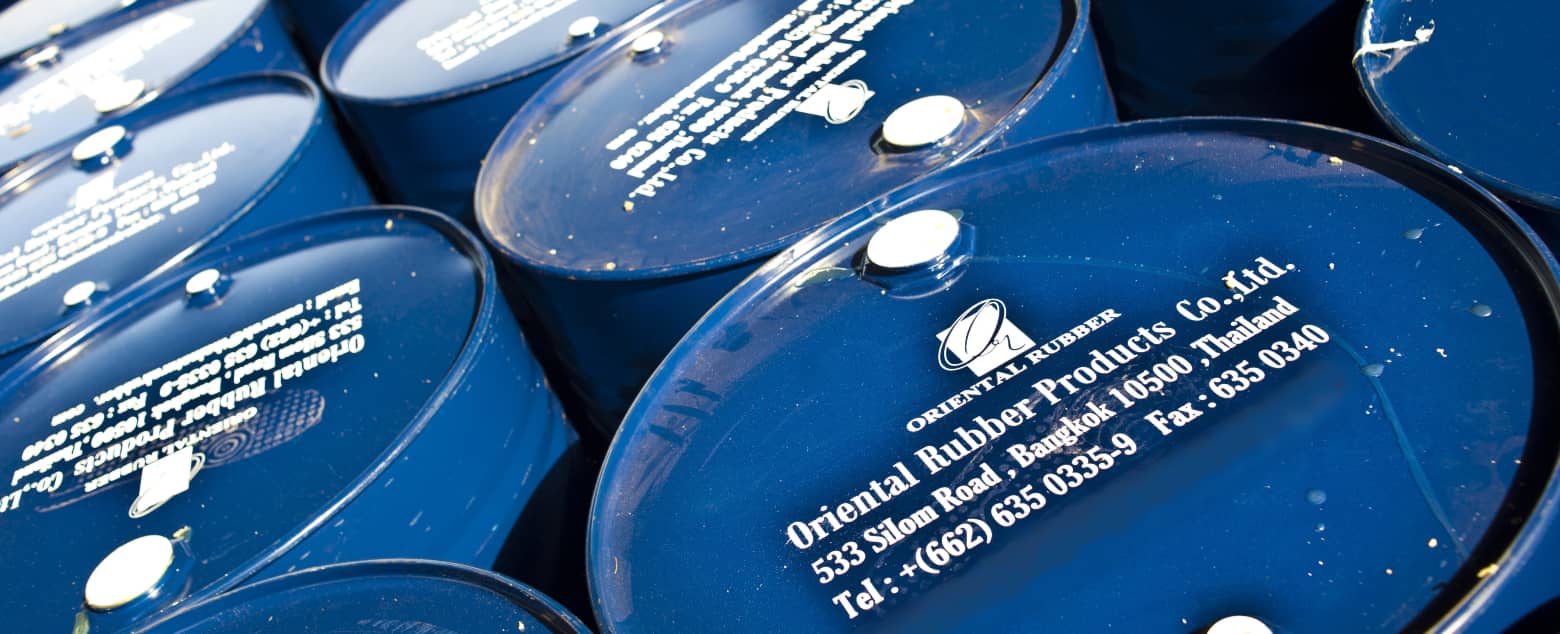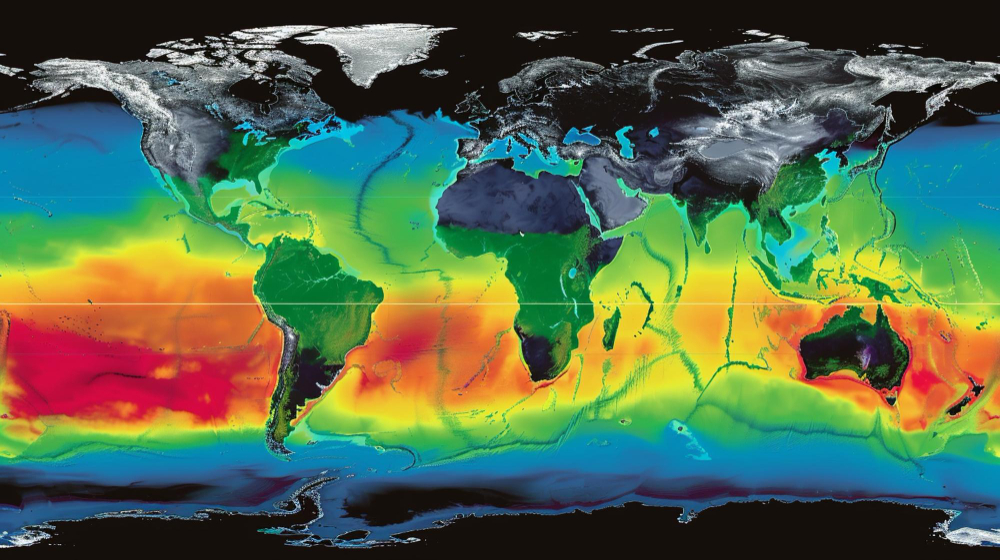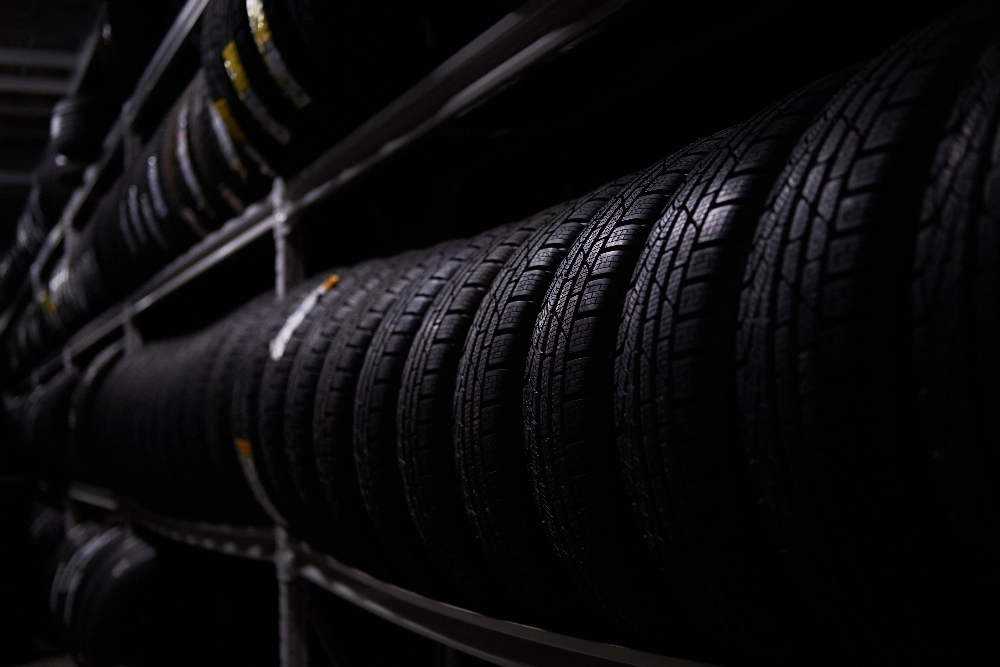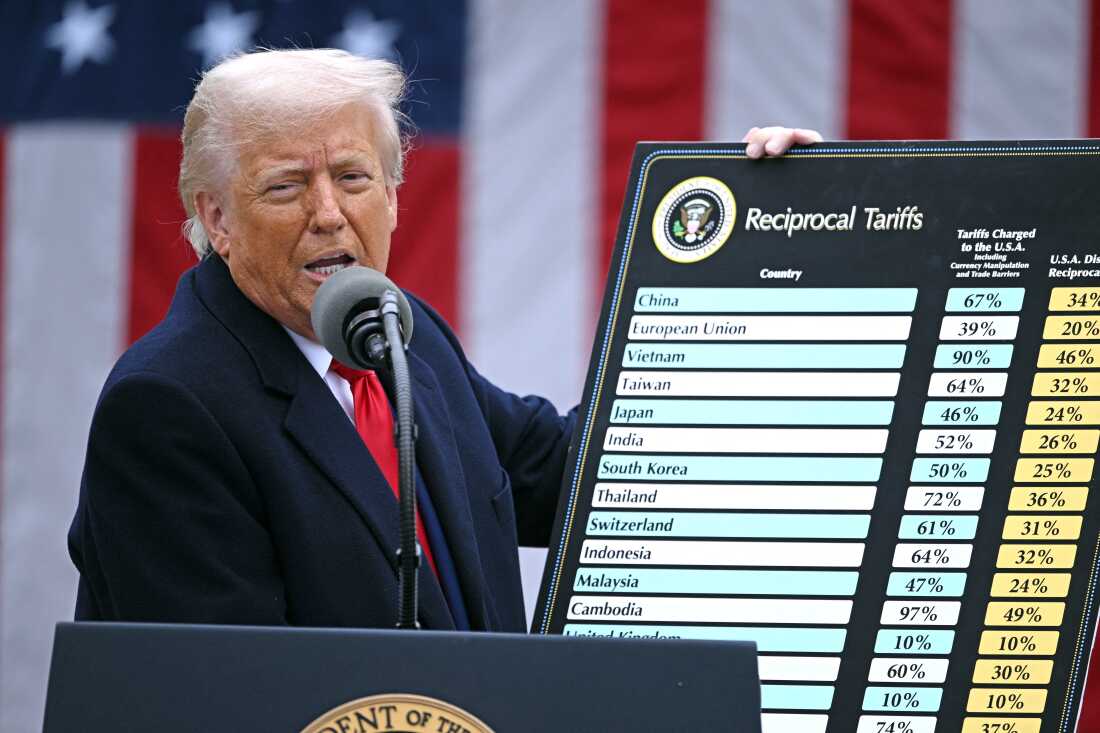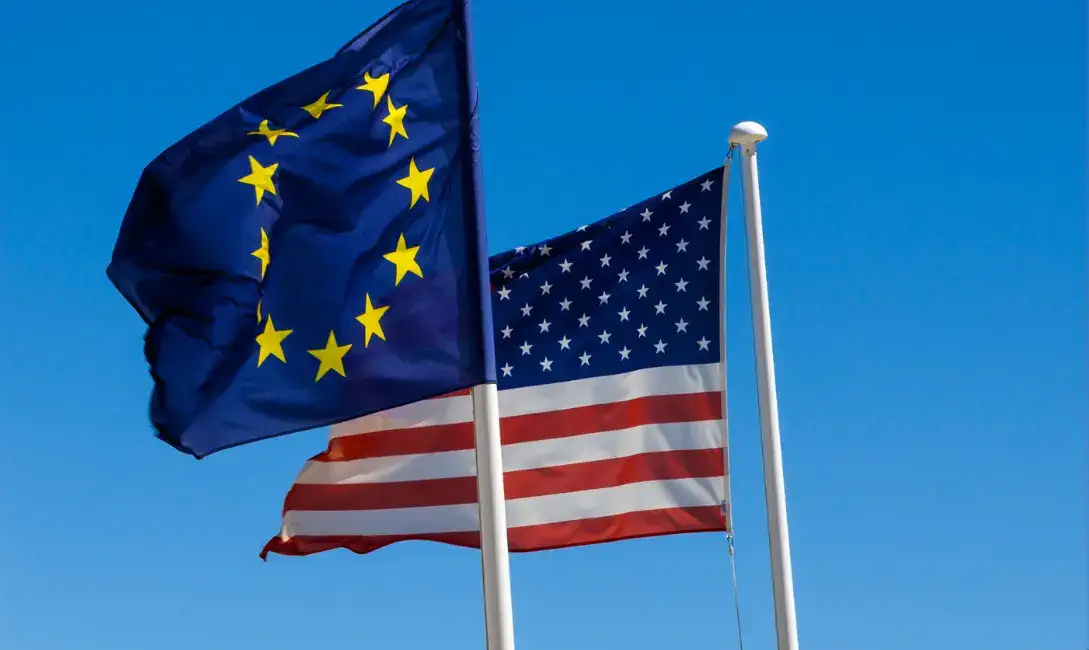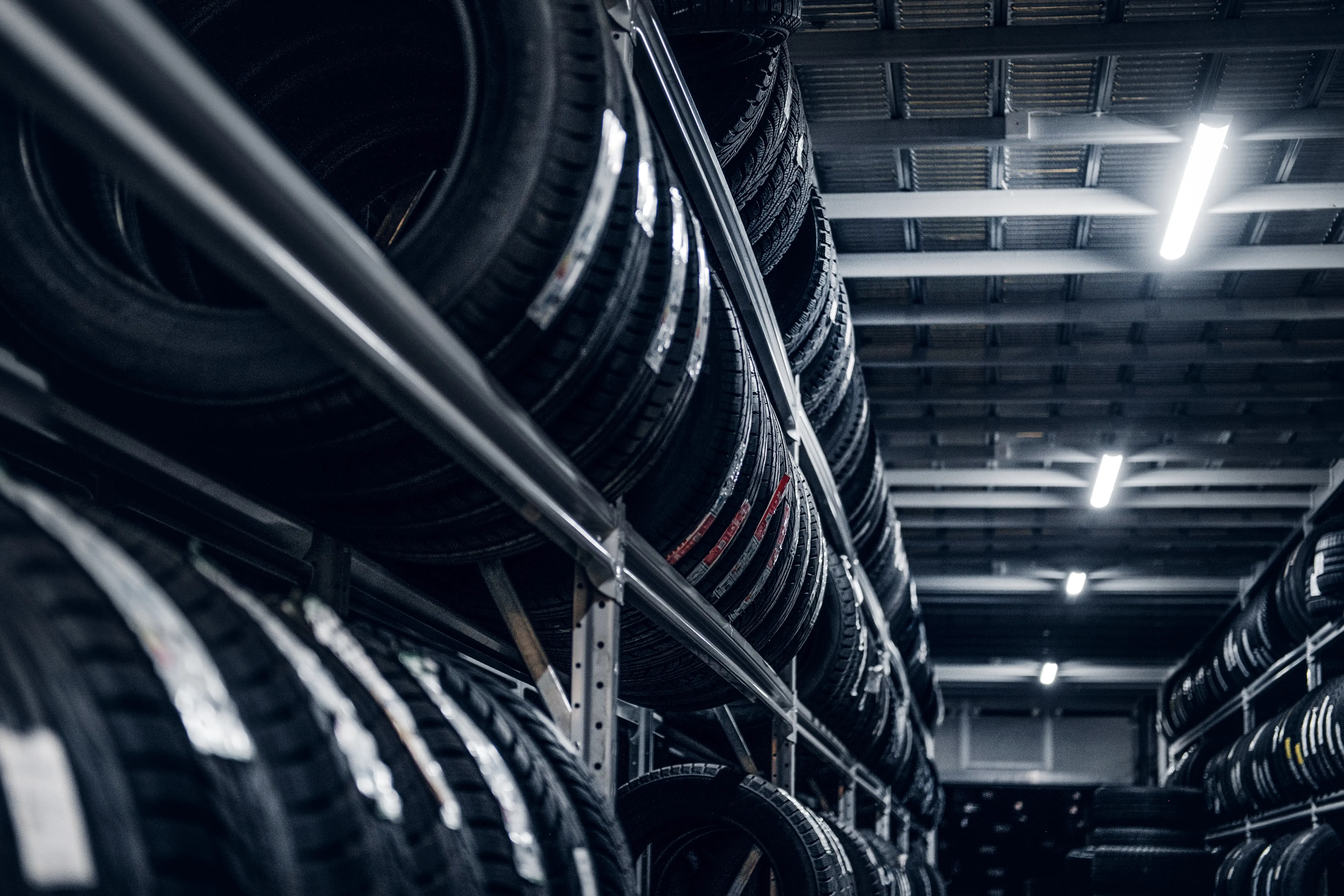
American Tire Market Faces Growth Amid Trade Challenges and Strategic Transformations in 2025
The American tire sector is experiencing measured confidence this year as it balances substantial market appetite with regulatory challenges and international trade tensions. Industry participants are working through an intricate landscape defined by import duties, evolving supply chain patterns, and new technological developments while working to preserve margins and competitive positioning.
The U.S. Tire Manufacturers Association (USTMA) forecasted in July 2025 that annual tire deliveries would achieve 340.2 million units, eclipsing 2024's historic high of 337.3 million units. This upward trajectory demonstrates strong appetite in both original equipment manufacturer (OE) channels and aftermarket replacement segments, indicating a durable consumer market despite evolving competitive conditions.
Initial 2025 data reveals that tire imports reached 143.43 million units during the first six months, representing a 6.8% increase compared to the previous year, with Q2 accounting for 72.76 million units. Passenger vehicle tires led this expansion, climbing 3% year-over-year to 84.89 million units in H1, while commercial truck tire imports surged 10% to reach 32.32 million units. Initial tariff implementations appear to have had minimal deterrent effect during this period.
Chinese tire imports, historically the second-largest source, encountered significant headwinds under the Trump administration's policies, resulting in dramatic contraction. Passenger vehicle tire imports from China plummeted 35% to just 510,000 units, while commercial truck tire imports fell 16% to 700,000 units. In contrast, Thailand, maintaining its position as the leading supplier, saw imports climb 12% to 36 million tires, illustrating a geographic reorientation of supply networks as companies adapt to changing tariff structures and logistics considerations.
Trade Policy and Import Patterns
Import duties have fundamentally shaped the American tire industry throughout 2025. Tariff rates spanning 10% to 50% on tires from various countries have restructured competitive relationships and influenced consumer pricing. While American manufacturers gain advantages from diminished low-cost import competition, these same tariffs elevate raw material and component expenses.
These commercial policy instruments have catalyzed a fundamental sourcing transformation. Thailand has gained prominence as a preferred supplier following tariff reductions, even as Chinese imports have contracted sharply. Concurrently, additional Southeast Asian nations including Vietnam and Cambodia, benefiting from more favorable tariff treatment, have expanded their market presence, exploiting the void created by reduced Chinese shipments.
Cambodia experienced explosive growth with passenger tire exports jumping 56% during the first half of 2025, and light truck tire exports surging 75%, propelling the nation from eighth to fourth among major suppliers. Vietnam maintains its third-place ranking with 10.9 million units delivered to the American market. This pattern demonstrates how trade policy can rapidly reshape international supply networks and influence corporate strategic planning among leading tire producers.
Corporate Strategies and Industry Response
Leading tire corporations have addressed these market challenges through coordinated approaches involving production capacity enhancement, technological innovation, and strategic brand management. Bridgestone revealed intentions to boost North American manufacturing by 2 million tires per year by 2027, concentrating investments in its Aiken, South Carolina, and Wilson, North Carolina, operations. This initiative aims to counteract tariff pressures and ensure regional capacity matches expanding demand. However, the corporation simultaneously took the challenging step of shuttering its LaVergne, Tennessee, commercial tire facility on July 31, 2025, eliminating 700 positions, illustrating the delicate equilibrium between growth and operational optimization. Bridgestone also launched the Turanza EverDrive, a touring tire designed for sedans and crossovers, during Q2 2025, demonstrating its dedication to product innovation.
Pirelli continues facing American regulatory examination due to its Chinese investor, Sinochem, which controls a 37% ownership stake. Washington has indicated that vehicles fitted with Pirelli's Cyber Tyre technology—which transmits live driving data—may encounter limitations stemming from national security considerations. Pirelli's Italian executive team has worked to constrain Sinochem's authority through corporate governance mechanisms, while the Chinese corporation is now reportedly considering divesting its position following the Italian government's recent exoneration of Sinochem regarding governance rule violations, concluding an extended inquiry into alleged "golden power" infractions. These circumstances underscore how international relations and investment dynamics now intersect with tire technology advancement and market entry.
Goodyear, America's foremost tire producer, adopted an alternative strategy by selling its Dunlop brand to Japan's Sumitomo Rubber Industries for $735 million during Q2 2025, enabling sharper focus on its primary U.S. business operations. This divestiture encompasses European and Oceanian markets as well. Despite experiencing a 2.6% reduction in tire volume during Q2, Goodyear achieved improved earnings per share, indicating successful portfolio rationalization and operational strength. Furthermore, the corporation is developing its SightLine intelligent tire technology featuring an enhanced anti-lock braking system capable of reducing stopping distances by approximately six feet—a significant competitive advantage as U.S. automotive regulations continue evolving.
Nokian Tyres is expanding its research and development infrastructure into North America to provide enhanced support for regional markets and accommodate its expanding clientele across the United States and Canada. This North American R&D division operates as a localized function maintaining close coordination with Nokian Tyres' Finland-based research activities. Separately, Sailun Tire USA completed the acquisition of Vogue Tyre, a premium tire brand with 110 years of heritage, accelerating Sailun's penetration into the luxury market segment.
Employment and Economic Impact
Workforce dynamics warrant attention. USTMA member organizations operate 55 tire-related production facilities distributed across 16 states. American tire manufacturing generates an annual economic impact of $170.6 billion and directly sustains more than 291,000 American positions spanning manufacturing, distribution, and retail operations. The sector additionally supports over 510,000 supplementary jobs through supplier relationships and indirect economic activity.
Nevertheless, employment data from July and August 2025 indicated stagnation within the manufacturing sector, suggesting that job creation in tire production faces constraints despite elevated demand and capacity expansion initiatives. This employment pattern emphasizes the imperative for manufacturers to implement strategic workforce management while addressing operational and trade-related challenges.
Future Outlook and Strategic Considerations
Moving forward, the American tire industry confronts a nuanced combination of expansion potential and vulnerabilities. Demand remains vigorous, propelled by replacement markets and OE contracts, yet tariffs and regulatory oversight demand astute management. Manufacturers face pressure to channel investments into domestic capacity, technology advancement, and portfolio refinement to sustain competitive standing.
The fundamental insight from 2025 is evident: achieving success in the U.S. tire marketplace demands adaptability. Organizations must address not merely market dynamics and consumer requirements but also the evolving regulatory environment, geopolitical factors, and environmental mandates. Companies that integrate operational excellence with innovation and strategic vision are positioned to emerge stronger in a marketplace characterized by both dynamism and complexity.
Natural Rubber Market Implications
The expansion initiatives of major American tire manufacturers and sustained growth in OE and replacement tire sales suggest consistent demand for natural rubber extending through 2025 and into 2026. While synthetic rubber will satisfy a portion of this requirement, persistent tire production momentum in the United States is anticipated to provide firm support for global natural rubber consumption and pricing, even as other major regions exhibit variable trends.
Regarding supply dynamics, global natural rubber production is forecast to increase only modestly this year. Incremental production gains from a diverse range of producing nations may improve availability, though insufficiently to substantially alter market equilibrium, as demand similarly advances. Consequently, international natural rubber prices are likely to remain within an established range, supported by steady industrial consumption yet constrained by limited but adequately distributed supply expansion—reflecting a cautiously balanced market perspective for the remainder of 2025.
This analysis draws from research and insights provided by Helix Tap. For more market intelligence and analysis, visit helixtap.com
